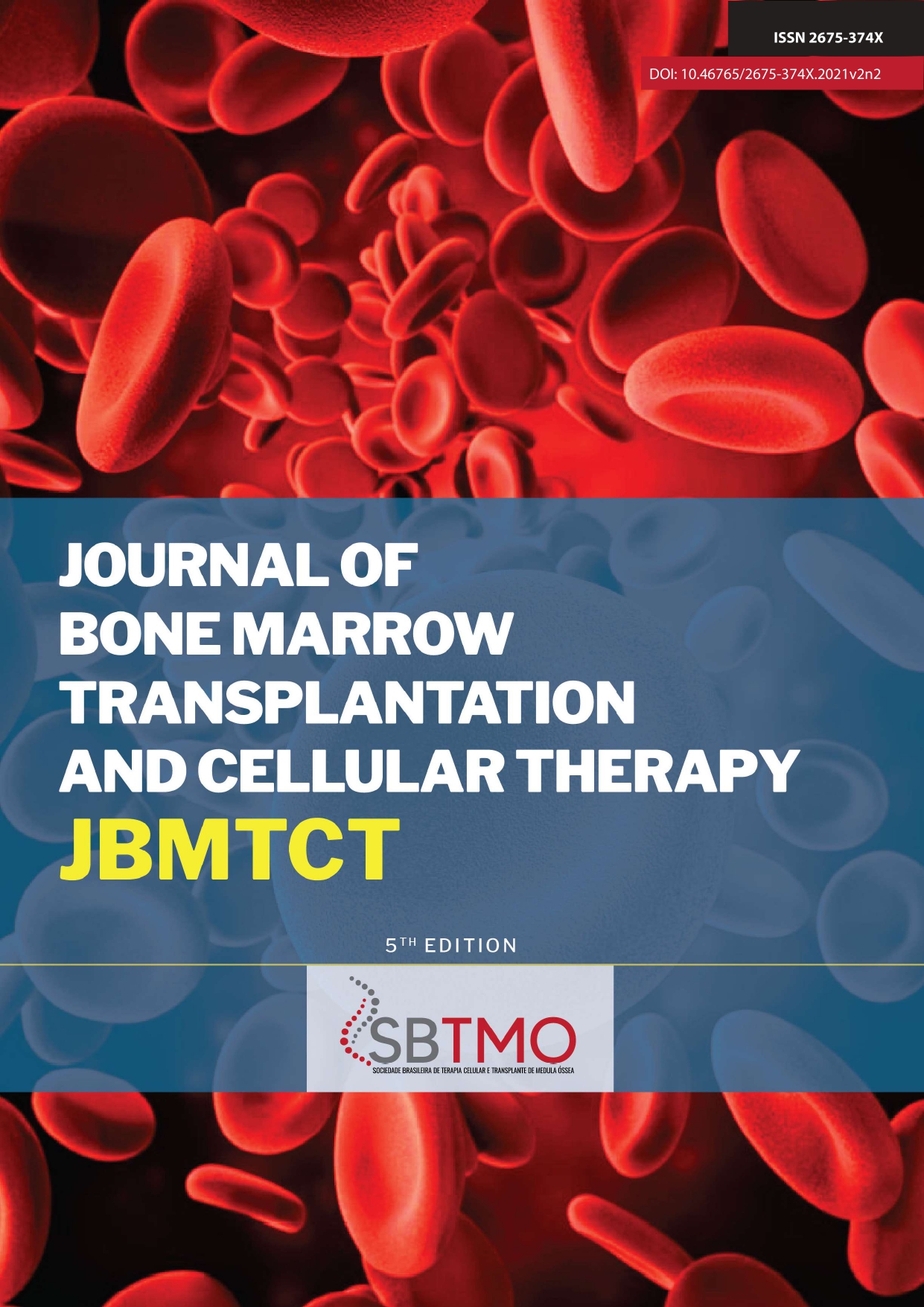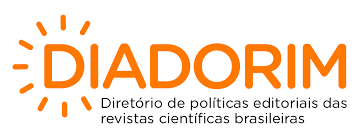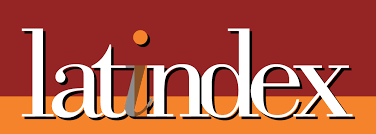C- reactive protein in autologous stem cell transplantation: prediction of clinical complication
DOI:
https://doi.org/10.46765/2675-374X.2021v2n2p44Keywords:
autologous stem cell transplant; febrile neutropenia; complication; C-reactive protein; mucositisAbstract
Objective: The aim of this study was to evaluate C-reactive protein (CRP) as a predictor of complications during autologous stem cell transplant (HSCT). Methods: We analyzed a cohort of 340 transplants. Correlation analyses were performed, including CRP obtained before HSCT, on Day+3, Day+6, Day+9, after Day+11, and at the onset of febrile neutropenia, and the following outcomes: bacteremia, severity of mucositis, length of neutropenia and hospitalization, and death. Results: the median age was 54 years old (ranging from 20 to 75), and 62% and 20% were multiple myeloma and non-Hodgkin lymphoma cases, respectively. The median CRP levels increased from D+3 to D+9 and after that decreased progressively until discharge. CRP levels were associated with bacteremia, mucositis grade, length of neutropenia and hospitalization, and death. Variation in CRP values from D+3 to D+6 predicted complications. Mortality was associated with D+9 CRP levels (19 vs. 7.9 mg/dL; p<0.01), and a ROC curve area of 0.83 (95% CI 0.7 – 0.95) to predict mortality. At a cut-off of 8.5mg/dL, D+9 CRP had 83% and 79% sensitivity and specificity, respectively.
Conclusions: In this study, CRP dynamics were associated with several HSCT complications. CRP levels curve could be applied to indicate poor outcomes during HSCT.









